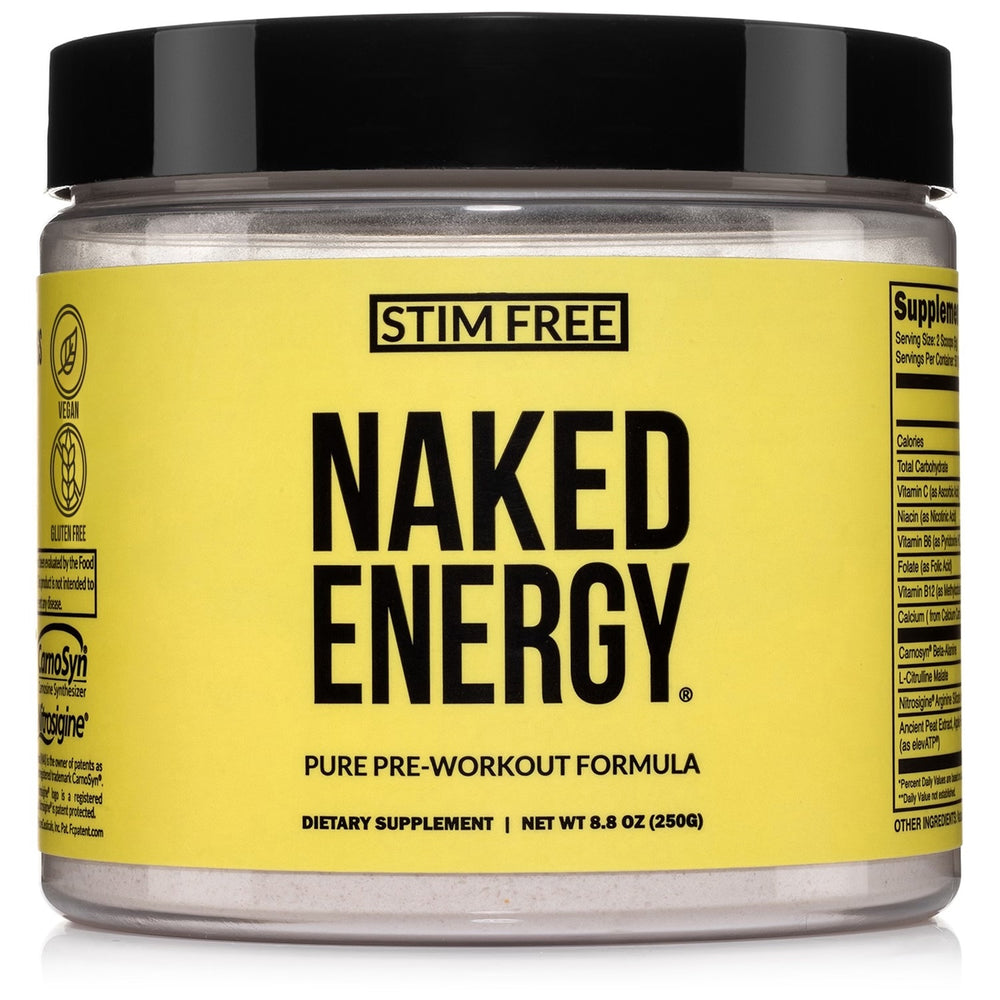Zone 2 cardio is perhaps the most effective, yet underappreciated, form of exercise for long-term health and performance.
It represents a sweet spot in aerobic intensity; challenging enough to drive meaningful physiological adaptations, yet sustainable enough to do frequently and enjoyably.
If you're looking for the easiest and most accessible way to improve your heart, metabolism, and brain, Zone 2 cardio is the place to start. Keep reading and we’ll explain all you need to know about it.
What Is Zone 2 Cardio?

Zone 2 refers to a specific range of heart rate intensity, typically around 60 to 70% of your maximum heart rate.
Zone 2 cardio means exercising at a moderate pace where your body mainly burns fat for fuel. It’s not super intense – you’re not sprinting or pushing yourself to the max – but you are doing more than just a casual stroll.
Unlike high-intensity exercise, which burns mostly carbs and stresses your system, Zone 2 teaches your body to be metabolically flexible. It's like training your engine to run efficiently on multiple fuel types.
What Are Heart Rate Zones?
The “zone” part of Zone 2 cardio is a reference to heart rate zones.
Heart rate zones are ranges that show how hard your heart is working during exercise. These zones are based on your maximum heart rate (which is roughly 220 minus your age).
The five zones are:
-
Zone 1: Very light activity (50–60% of max heart rate). Good for recovery and warm ups.
-
Zone 2: Light to moderate (60–70%). Great for building endurance and burning fat.
-
Zone 3: Moderate to hard (70–80%). Improves aerobic fitness.
-
Zone 4: Hard (80–90%). Boosts performance and speed.
-
Zone 5: Very hard (90–100%). Maximum effort, used for sprints or short bursts.
How to Know You're in Zone 2

The easiest way to tell you’re in Zone 2 cardio is the “talk test”: if you can carry on a conversation but wouldn’t want to sing a song, you’re likely in Zone 2. It means you’re working, but not struggling.
Alternatively, if you’re monitoring your heart rate (i.e. with a wearable heart rate monitor), you can do a quick calculation.
Zone 2 is generally considered to be between 60–70% of your maximum heart rate. For a 40 year old person, this would put Zone 2 at 108–126 BPM.
Another measurement formula, known as the Maffetone Method, calculates the threshold up to which the body is burning fat for fuel, like in Zone 2 cardio.
This is calculated at 180 BPM minus your age – so for a 40 year old, you’re looking at 140 BPM and under (you move the threshold a little lower still to account for fitness level, or co-factors like illness or injury).
Best Forms of Zone 2 Cardio

Zone 2 is about sustainable, low-to-moderate intensity effort. The mode of exercise matters less than the intensity.
You can do Zone 2 cardio with almost any kind of movement, as long as you keep the right pace. Good options include:
-
Brisk walking
-
Light jogging
-
Cycling
-
Rowing
-
Swimming
-
Elliptical machines
For people with joint issues or who are just starting out, biking or walking on a treadmill are great low-impact options. But ultimately, the best kind of Zone 2 cardio is what you enjoy the most (and thus are most likely to do consistently).
The Benefits of Zone 2 Cardio

Zone 2 helps you build a strong foundation of health. It improves how well your body burns fat, how steady your energy levels are, and how efficiently your heart works.
Here are a few specific benefits of regular Zone 2 cardio.
Cardiovascular Health
Zone 2 cardio is great for heart health. It increases your heart's efficiency and endurance. It also lowers resting heart rate and blood pressure, and reduces inflammation in the arteries (three key risk factors for heart disease and stroke).
Metabolic Health
One of the most powerful effects of Zone 2 training is its ability to increase the number and function of mitochondria in your cells. These are your energy factories, and the more you have, the better your body is at burning fat for energy.
That means you not only improve endurance during workouts but also become better at managing weight and blood sugar over time.
Brain Boost
Zone 2 training has been shown to significantly increase levels of BDNF (brain-derived neurotrophic factor) – a protein crucial for brain health.
Higher BDNF levels are associated with improved learning, sharper memory, and even protection against neurodegenerative diseases like Alzheimer's.
Active Recovery
Zone 2 supports recovery by improving circulation and gently increasing heart rate without stressing the body. It helps flush out waste products from muscles, bringing in fresh oxygen and nutrients.
Many athletes use Zone 2 sessions on rest days to stay active while helping the body heal and rebuild.
V02 Max & Longevity

VO2 max (the measure of how efficiently your body uses oxygen) is one of the best predictors of how long and well you’ll live.
Zone 2 cardio is particularly effective for increasing VO2 max by improving how your heart, lungs, and muscles work together. It builds a durable aerobic base that supports both daily health and athletic performance well into older age.
Blood Sugar Control
Regular Zone 2 cardio improves how your body handles carbohydrates by increasing insulin sensitivity. That means your cells become better at absorbing glucose from your bloodstream, which helps stabilize energy levels and reduces the risk of developing insulin resistance or type 2 diabetes.
Mood and Stress Relief
Zone 2 cardio promotes the release of feel-good chemicals like endorphins and serotonin, helping lift mood and ease stress.
Unlike high-intensity exercise that can sometimes elevate cortisol, Zone 2 tends to soothe the nervous system. It’s a great way to unwind, clear your head, and support emotional well-being without overloading your body.
Sustainability
Best of all, Zone 2 cardio is extremely sustainable. It’s easy to do, won’t burn you out or wear you down. Just about anyone can do Zone 2 cardio, which makes it the easiest thing you can do to start improving your overall health and wellbeing.
How Much Zone 2 Cardio Should You Do?

A good starting point is 2 to 3 sessions per week, lasting 30 to 45 minutes each. For optimal metabolic and cardiovascular health, 4 to 5 sessions of 45 to 60 minutes is ideal.
These sessions should feel sustainable. You should leave feeling refreshed, not depleted. The goal is consistency and progressive overload over months and years, not rapid gains.
This aligns with guidelines from the WHO, which recommend 150–300 minutes per week of moderate aerobic activity. Zone 2 is the perfect way to meet (and exceed) those targets.
How to Incorporate It Into Your Routine
Zone 2 cardio is highly flexible. You can meet your weekly quota in a bunch of different ways.
-
Do it first thing in the morning for a metabolic boost, especially in a fasted state.
-
Use it on recovery days from resistance training.
-
Do 30 minutes on the bike or treadmill at the end of lifting sessions.
-
Take walks outdoors (for both physical and mental benefits).
You can even turn regular activities into Zone 2 cardio, such as taking walking meetings, or going on walks or bike rides while listening to audiobooks or podcasts or catching up with friends.
The key is to do it in a way that’s sustainable, and becomes a habit, so you don’t have to think about it – eventually you end up getting your 150–300 minutes of Zone 2 cardio each week, on autopilot.
Final Thoughts
Zone 2 cardio is low-risk, high-reward. It requires no special equipment, no gym membership, and no extreme effort. It builds a physiological foundation that enhances nearly every system in the body.
Whether your goals are longevity, fat loss, athletic performance, or mental clarity, Zone 2 delivers. It’s the easiest thing you can do right now that will still benefit you 30 years from now.
Start now – whether it’s walking, riding, or rowing, or anything else, just start. Your heart, brain, and future self will thank you.




